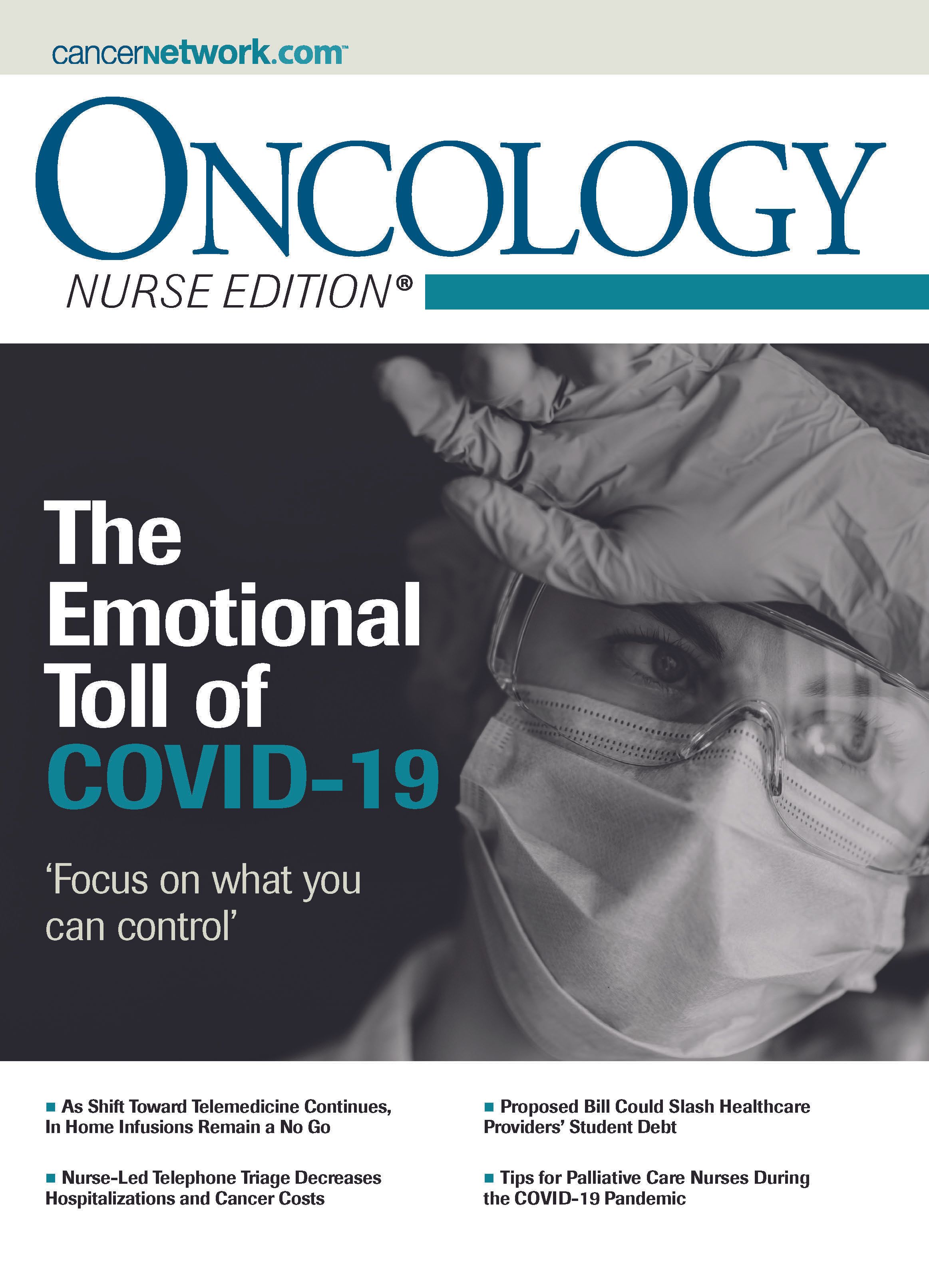Proposed Bill Would Slash Health Care Providers’ Student Debt
A proposed bill in the US House of Representatives would get rid of debt for healthcare workers who are treating COVID-19 patients.
A proposed bill in the US House of Representatives would get rid of student debt for health care workers who are treating patients who have coronavirus disease 2019 (COVID-19). And because patients with cancer may be more susceptible1 to the virus, and many nurses’ assignments are to treat patients with COVID-19, oncology nurses could be included.2
US Rep Carolyn Maloney (D, New York) introduced the Student Loan Forgiveness for Frontline Health Workers Act into the House of Representatives. It was initially cosigned by 9 other House members, all Democrats.3
Nurses, doctors, medical residents and interns, medical fellows, home health care workers, and mental health professionals are all included in the bill, which describes a frontline worker as “certified under federal or state law to provide health care services and who provides COVID-[19-]related health care services.”3 Coverage also extends to medical or nursing students performing COVID-[19–]related services, lab workers, investigators, and emergency medical service workers.3
“Frontline health workers are delivering care to the sickest patients and putting their own safety at great risk in order to keep doing their jobs,” said Maloney in a statement. “And in return, I believe that we have an obligation to ensure that they are relieved of the debt they incurred to train for this critical work—in graduate degree programs or other professional certification.”4
If passed, the bill would allow qualified individuals to have eligible federal and private loans and interest forgiven. Furthermore, the amount of money given toward the loan would not count as taxable income.3
A 2017 financial report by the American Association of Colleges of Nursing found that 71% of nurses with a master’s degree carried student loans (Table).5
TABLE. Percentage with Loans by Program Level

The bill proposes the creation of a 9-member Intergovernmental Working Group to determine who is eligible, and perform the administrative duties of carrying out the loan forgiveness. The group would comprise3:
5 members from the US Department of Health and Human Services, selected by the health and human services secretary;’
2 members from the Department of Education, selected by the education secretary of education and
2 members from the Treasury Department, selected by the treasury secretary.
With only 1 Republican among the current list of 27 cosponsors, lack of apparent bipartisan support may indicate that its eventual passage is a longshot.3
“Health care workers are worrying about their own health and how it will affect their families. They should not have to worry about their financial security after the crisis has passed. That is a burden that we can lift right now. And this bill will do that. It will help take care of the people taking care of all of us,” Maloney said in the statement.4
Reference
1. L. Zhang, F. Zhu, L. Xie, et al. Clinical characteristics of COVID-19-infected cancer patients: a retrospective case study in three hospitals within Wuhan, China. Ann Oncol. Published online March 26, 2020. doi:https://doi.org/10.1016/j.annonc.2020.03.296.
2. Nursing professionals pulse survey: 2020 pandemic. NurseGrid. Accessed July 16, 2020. https://nursegrid.com/help-nurses-now/survey-results/
3. Student Loan Forgiveness for Frontline Health Workers Act. HR 6720, 116th Cong (2020). Accessed July 16, 2020. https://maloney.house.gov/sites/maloney.house.gov/files/BILL%20FOR%20INTRO%20Student%20Loan%20Forgiveness%20for%20Frontline%20Health%20Workers_Maloney.pdf
4. Maloney joins with health care professionals, educators to introduce bill forgiving student loans for frontline health workers. Press release. Rep Carolyn B. Maloney. May 5, 2020. Accessed July 16, 2020. https://maloney.house.gov/media-center/press-releases/maloney-joins-with-health-care-professionals-educators-to-introduce-bill
5. American Association of College of Nursing. The numbers behind the degree: financing graduate nursing education. October 2017. Accessed July 16, 2020. https://www.aacnnursing.org/Portals/42/Policy/PDF/Debt_Report.pdf
Newsletter
Stay up to date on recent advances in the multidisciplinary approach to cancer.
